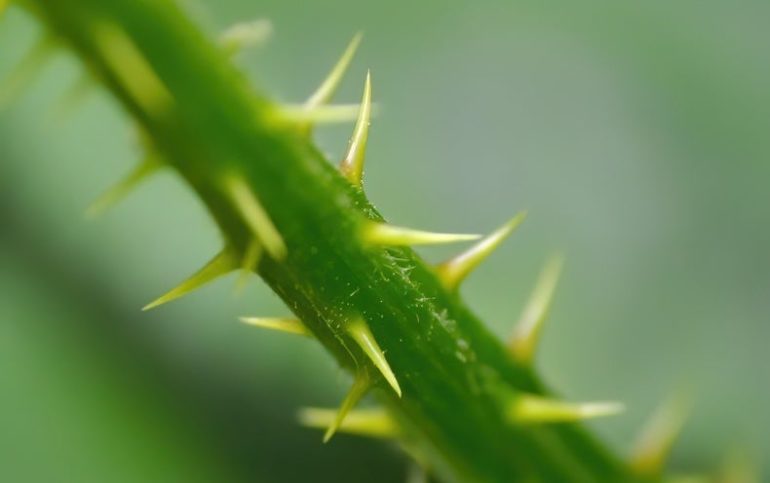The spines of a cactus, the proboscis of a mosquito, the quills of a porcupine: straight, pointed objects serve a plethora of functions in nature. Yet no matter the size, from bacteriophages’ nanometer-scale tail fibers to narwhals’ two- or three-meter-long tusk, these structures tend to be long and slender cones whose base diameter is much smaller than their length. Now researchers have used physics to explain why this narrow shape is optimal for stingers and other piercing objects—including human-made tools such as hypodermic needles.
A stingerlike object’s dimensions are limited by two opposing constraints. To puncture its target, it must apply a force large enough to overcome the pressure created by friction. At the same time, this force must be smaller than the “critical load,” the maximum force that the structure can support without bending or breaking. A large range of geometries, from long and narrow to short and wide, satisfy both constraints. Yet living organisms do not exhibit all the possible variability. Instead nature seems to prefer narrow designs with a base-diameter-to-length ratio of around 0.06.
That apparent predilection arises because another factor is at play: Nature tends to “live on the cheap,” says Kaare Jensen, a physicist at the Technical University of Denmark. Organisms are under evolutionary pressure to economize by using as little biological matter as possible to accomplish a given task. Wider stingers are more stable but require more material. This consideration suggests evolution would select for the narrowest designs possible: those that are barely sturdy enough to pierce…


